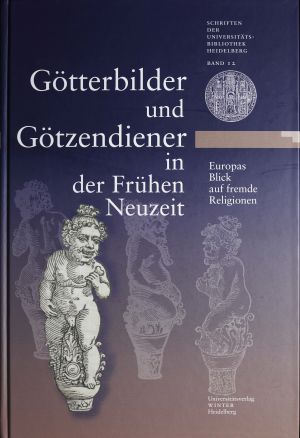von Wyss-Giacosa, Paola
Götterbilder und Götzendiener in der Frühen Neuzeit: Europas Blick auf fremde Religionen : eine Ausstellung der Universitätsbibliothek Heidelberg, der Nachwuchsgruppe "Prinzip Personifikation", Transcultural Studies der Universität Heidelberg und des Instituts für Kunstgeschichte der Ludwig-Maximilians-Universität München
In the early modern period, Europe's view of the world's religions oscillated between attraction and repulsion, between fear of the unknown and simultaneous fascination. In addition to the conflicts over the various inner-European faiths, the confrontation with foreign religions became increasingly important from the 16th century onward: These were not only to be found in Asia, Africa and America, but also in the past of the Old World. The broadening of the European view in geographical as well as chronological terms led at the same time to a deepened consciousness of the identity of one's own culture and its historical conditions. From the beginning, images, mostly book illustrations, played a central role in the formation of these ideas alongside texts. The present volume presents the most effective graphic imprints, the most important texts and traditions on pagan beliefs, gods and cults against the background of the religious, historical-antiquarian and ethnographic interests of the early modern period and illuminates the functions of images and texts on foreign religions for a cultural comparison between science, fiction and polemics.



